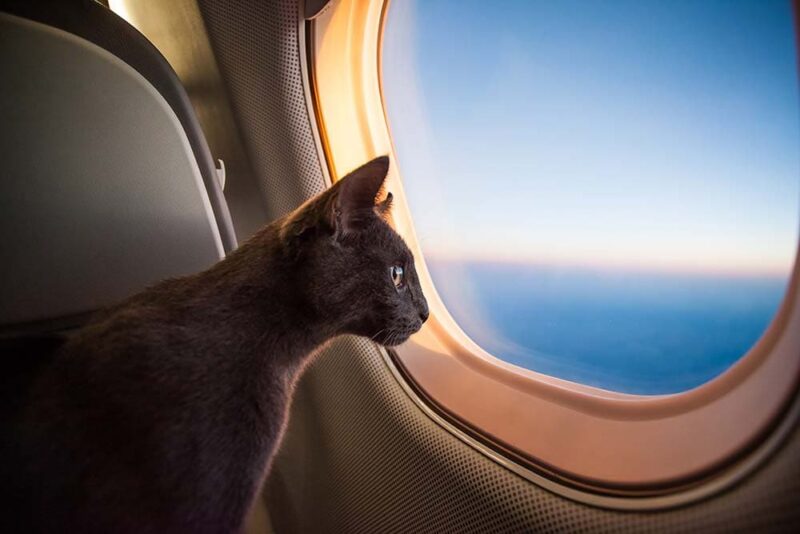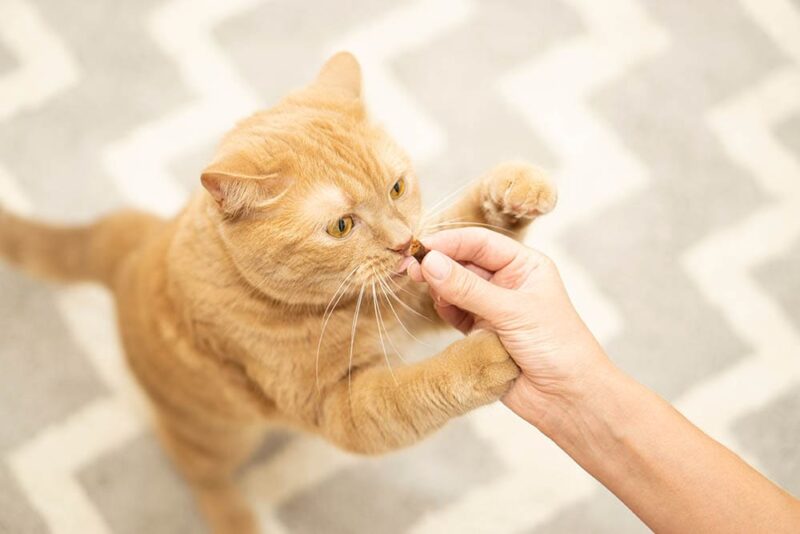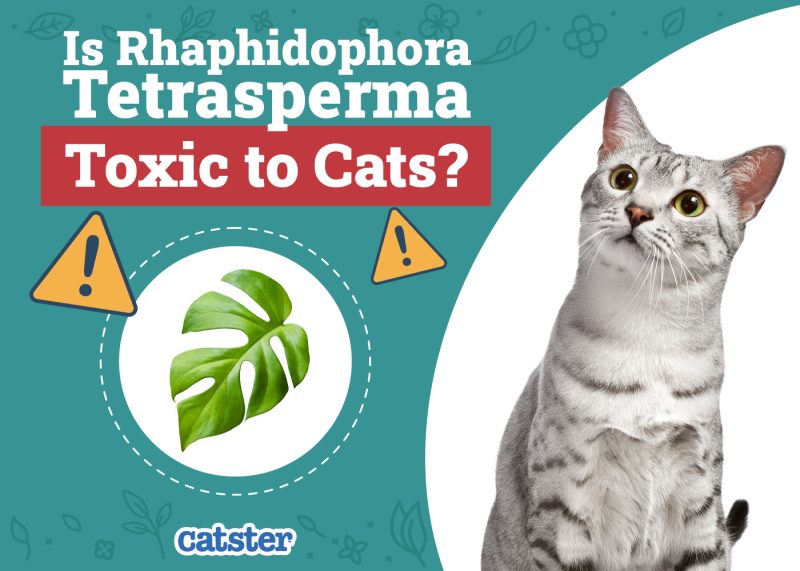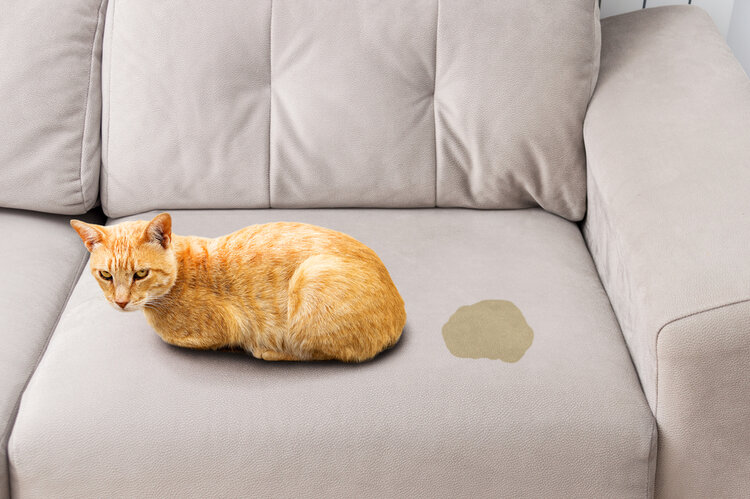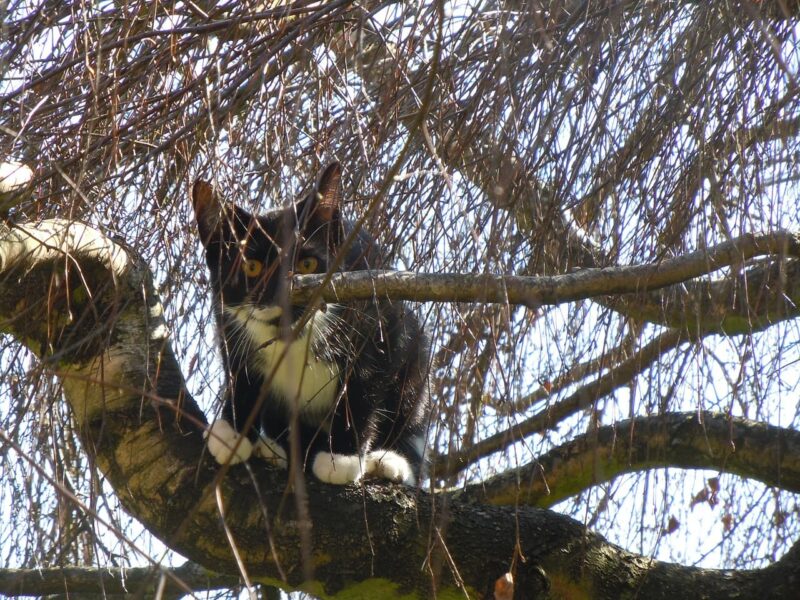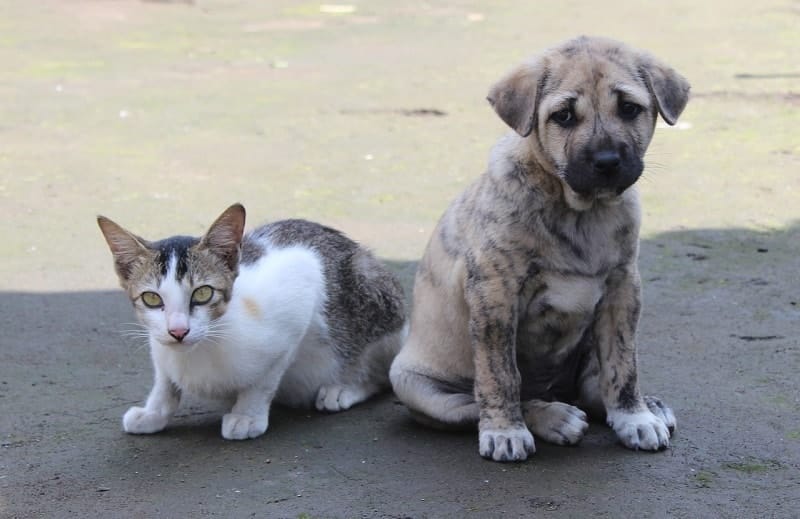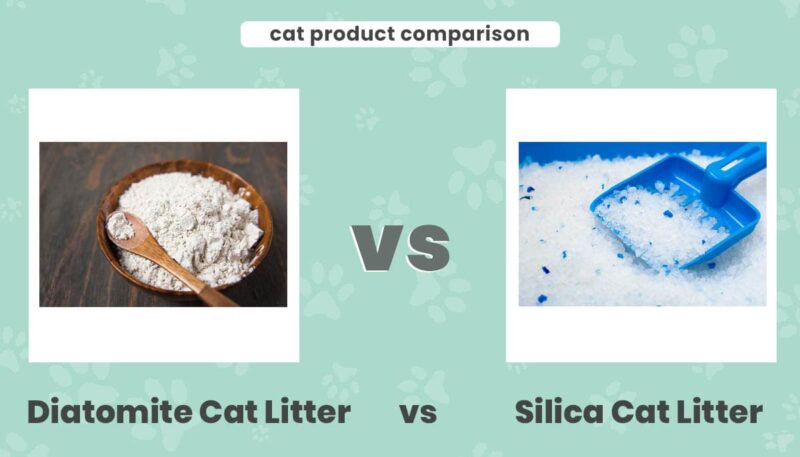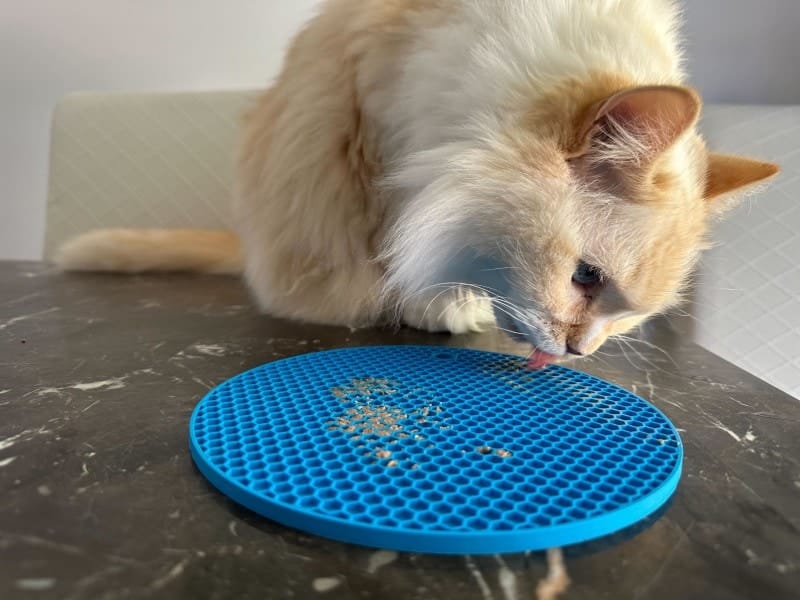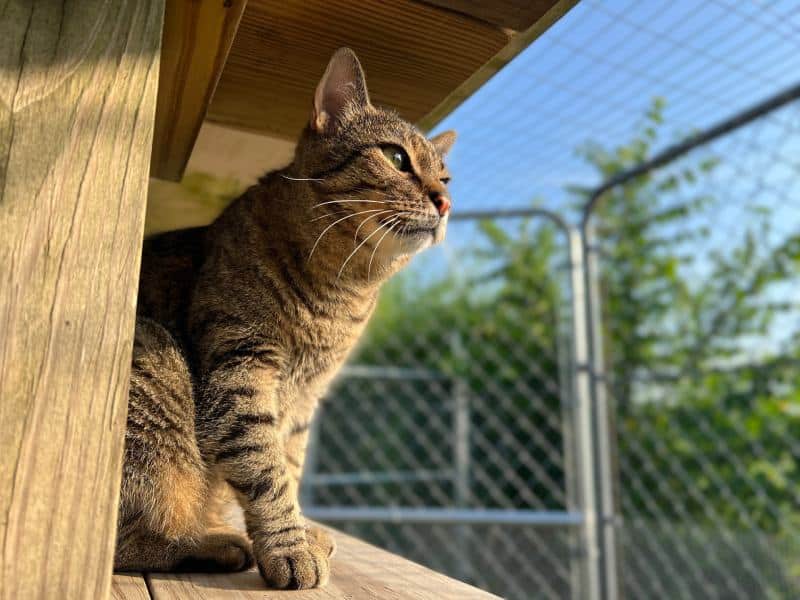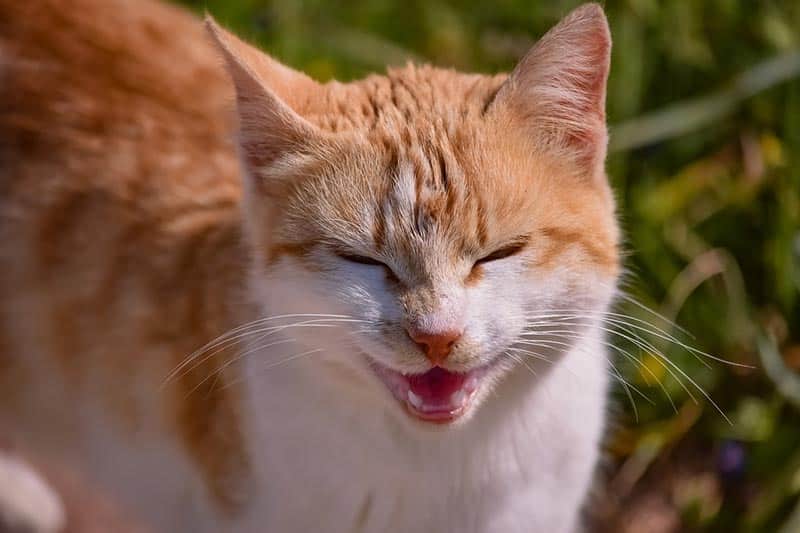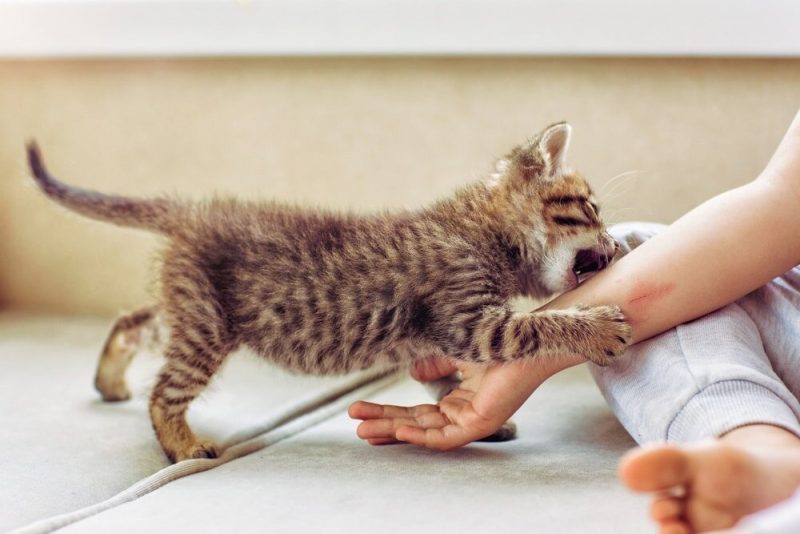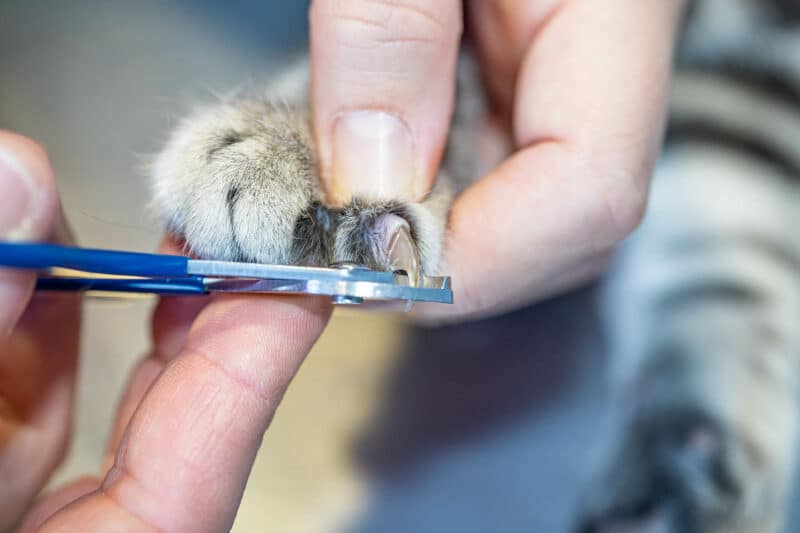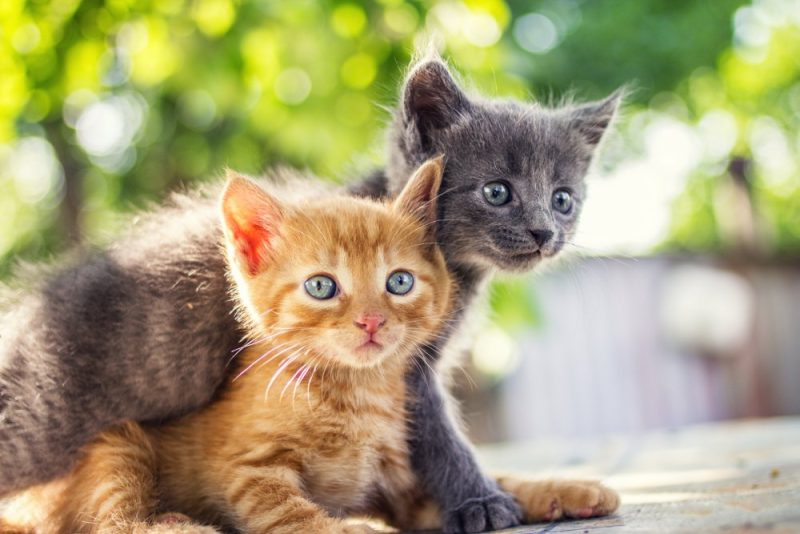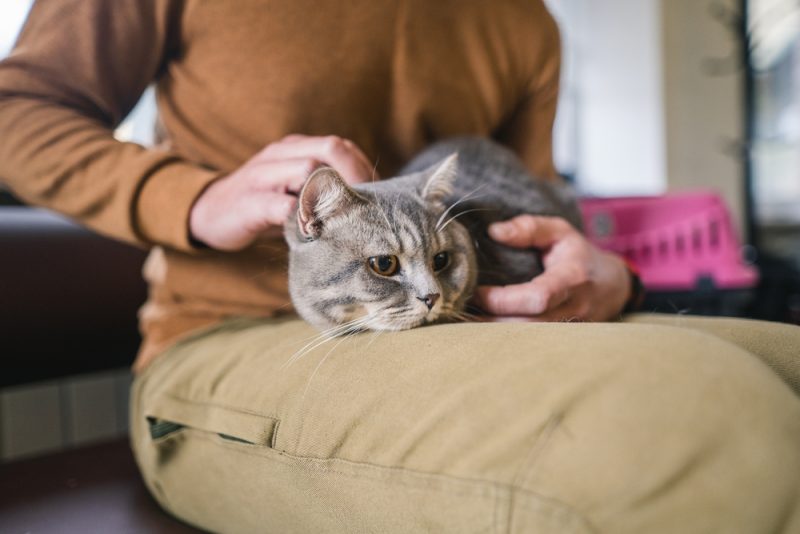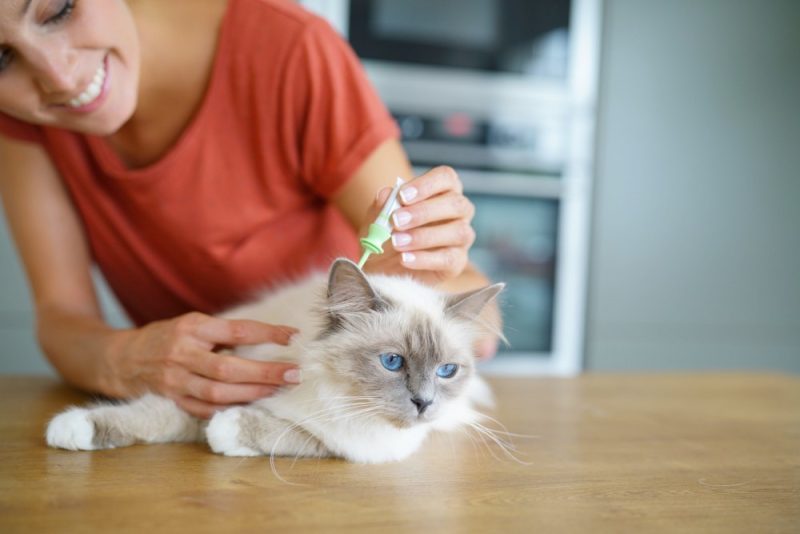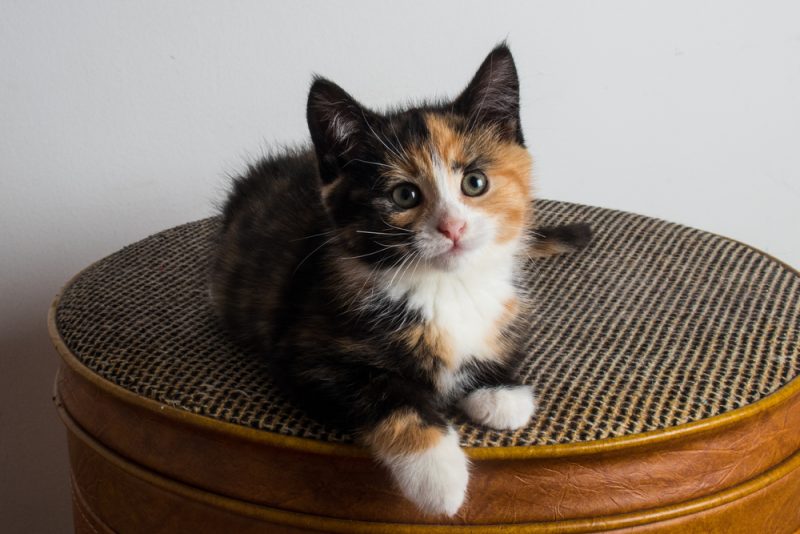While it’s possible to travel internationally with your pet, it’s important to make sure that you have all the proper documentation you need for them to be allowed into another country. Travelers in the United States must obtain a US pet passport, which is a term that refers to gathering all the documents and receiving approval to travel with your pet and enter a foreign country.
It can take time to gather all the appropriate documentation that you need. So, it’s best to get started on obtaining a US pet passport as soon as you know that you will be leaving for a trip. Here’s what you must do to get a US pet passport and travel internationally with your pet.
Before You Start
Before you start making plans to obtain a US pet passport, make sure to first check your visiting country’s government travel site for information on pet travel. Different countries have various laws and policies for bringing animals into and out of the country.
In general, most countries require all pets to have updated rabies vaccines, updated health records, and a USDA endorsement. Countries with more rigorous laws may have additional requirements, such as microchipping and passing diagnostic tests for specific parasites.
It’s also vital to ensure that your type of pet is allowed in the country. In most cases, cats and dogs are allowed inside another country. However, other pets, such as rabbits, may be prohibited. They are invasive species in some countries and have caused significant damage to the environment and natural ecosystems. Countries with even stricter laws may entirely prohibit the entry of pets from an outside country.
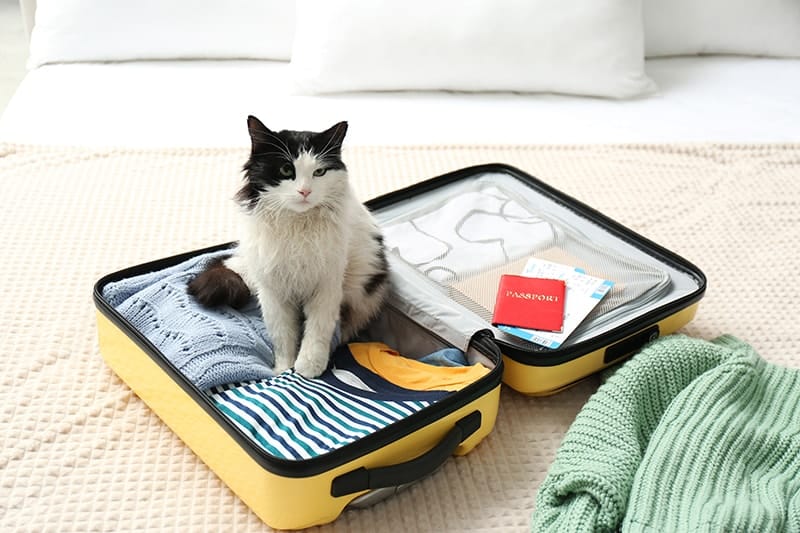

The 4 Steps to Get a US Pet Passport
1. Make a List of Health Requirements
You’ll need to collect the proper documents to obtain a USDA endorsement and additional health records to enter a different country. You’ll also have to remember that your airline will have its own pet travel policies.
Since country and airline pet travel policies overlap, it’s best to work on them simultaneously since you’ll probably need to submit similar documents to each entity anyway. It’ll be helpful to make a list so that you have all your pet travel requirements in one organized place.
2. Schedule an Appointment With a Veterinarian
Once you have your documentation requirements listed, schedule an appointment with a veterinarian. You can tell them that you plan to travel internationally, and they will have a general idea of what they need to do to help your pet enter a different country. You can also work with an accredited veterinarian who has USDA approval to assist individuals in obtaining a USDA endorsement for their pets.
If you choose to schedule an appointment with an accredited veterinarian, make sure to complete the USDA worksheet prior to your visit. Remember that if a country requires a health certificate endorsed by USDA, you need to receive the approval and signature of an accredited veterinarian.
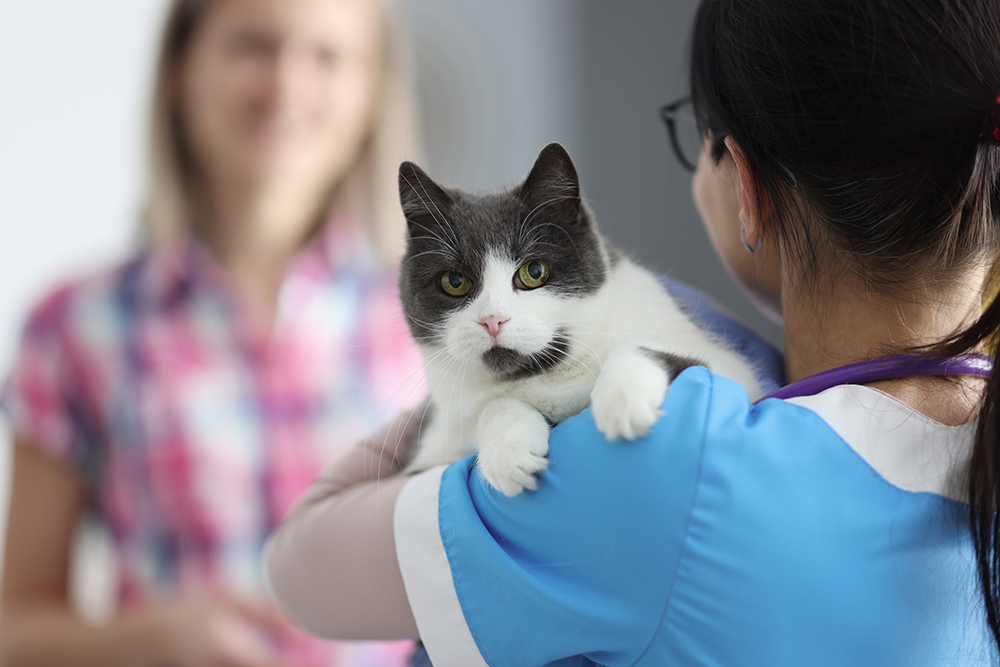
3. Submit Documents, Forms & Fees to USDA
Once your pet is up to date on all the travel requirements and receives clearance from a veterinarian, you can gather forms and applicable documents to submit to the USDA. The USDA has a helpful checklist that ensures you are sending everything that’s required for an endorsement.
You can submit the forms and documents to the USDA in two ways. First, you can work with an accredited veterinarian. Accredited veterinarians have access to a system called the Veterinary Export Health Certification System (VEHCS). It allows them to send paperwork to the USDA on your behalf, and it can be done electronically.
You can also submit paperwork by mailing it to a USDA endorsement office. The USDA strongly recommends sending documents with overnight express services. This will minimize delays and expedite the process of getting an endorsement mailed back to you.
Keep in mind that the standard application fee for USDA endorsements is $38 per pet. You may also have to pay attentional fees if your endorsement requires lab tests. You’ll have to pay for your shipping label and a prepaid express return shipping label for the USDA to use to ship documents to you. Payments can be made by check, money order, or credit card.
4. Receive USDA Endorsement
Once you submit your documents, keep track of the days so that you know when you can expect to receive your endorsement. If you complete the forms and submit the documents correctly, you can expect an endorsement to be processed in upwards of 3 business days. Remember that this processing time doesn’t take shipping days into account.
Make sure to keep original copies of endorsements and other health records in a safe place. The officials in your destination country will not accept electronic copies and will only accept originals for entry.
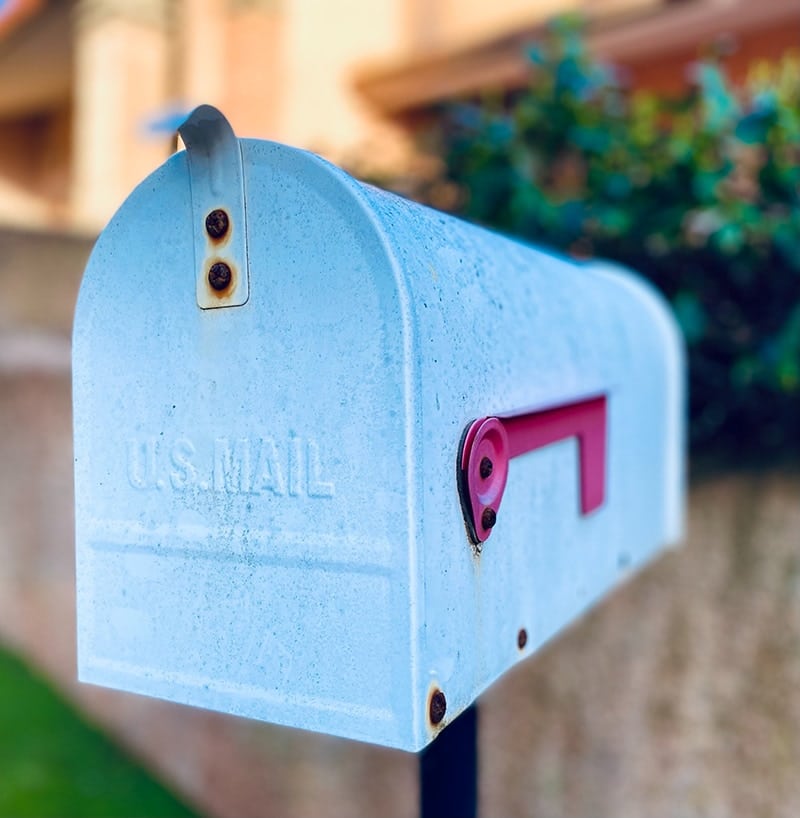

Conclusion
Traveling with your pet will require obtaining the proper documentation, which can take several weeks to a couple of months to complete. Getting an early start will make the process of obtaining a US pet passport as minimally stressful as possible. So, start as early as possible to ensure that you have ample time to receive a USDA endorsement and other documentation required for entry to your destination country.
See also:
Featured Image Credit: Photo-Spirit, Shutterstock
